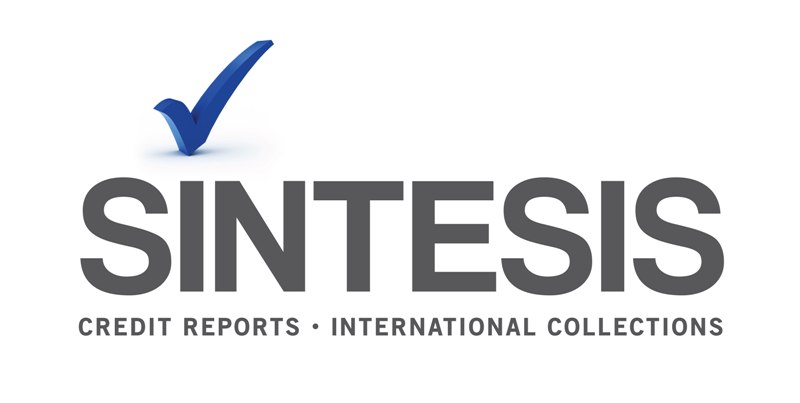With a Gross Domestic Product (GDP) of more than US$600 billion, Argentina is one of the largest economies in Latin America. Argentina is currently undergoing an economic transformation that promotes sustainable economic development with social inclusion and integration into the global economy.
Argentina has vast natural resources in energy and agriculture. Within its 2.8 million square kilometers of territory, Argentina is endowed with extraordinary fertile lands and has great potential for renewable energy. It is a leading food producer with large-scale agricultural and livestock industries. In addition, Argentina has significant opportunities in some manufacturing subsectors, and innovative services in high tech industries.
Argentina was the top performer in the region in reducing poverty and boosting shared prosperity between 2004 and 2008. Incomes of the bottom 40% grew at an annualized rate of 11.8% compared to average income growth of 7.6%. This trend continued but slowed after 2008. In the first half of 2017, according to official statistics, 28.6% lived in poverty, while 6.2% were in extreme poverty.
The country prioritized social spending through various programs, including the Universal Child Allowance, which reaches approximately 3.7 million children and adolescents up to age 18, 9.3% of the population.
Presidential elections at the end of 2015 led to a significant change in Argentine economic policy. The new administration has moved with significant speed to implement core reforms such as the unification of the exchange rate, the agreement with international creditors, the modernization of the import regime, reduction of inflation and reform of national statistics system.
In addition, Argentina has taken a very active role on the international stage and will hold the presidency of the G20 in 2018, expressing intention to join the OECD and become an observer in the Pacific Alliance.
After an economic contraction of 2.2% in 2016, concentrated in the first half of the year, the economy began to recover. In fact, GDP grew 2.7% year-on-year in the first half of 2017 and is expected to continue this process in the second part of the year.
The primary deficit for 2016 was 4.3% of GDP, compared to 4% in 2015. The primary deficit accumulated in August 2017 is 1.9% of GDP, below the previous year’s record and the officially stated objectives. The Government plans a gradual convergence to a primary fiscal balance by 2021
World Bank Organization
October 2017

